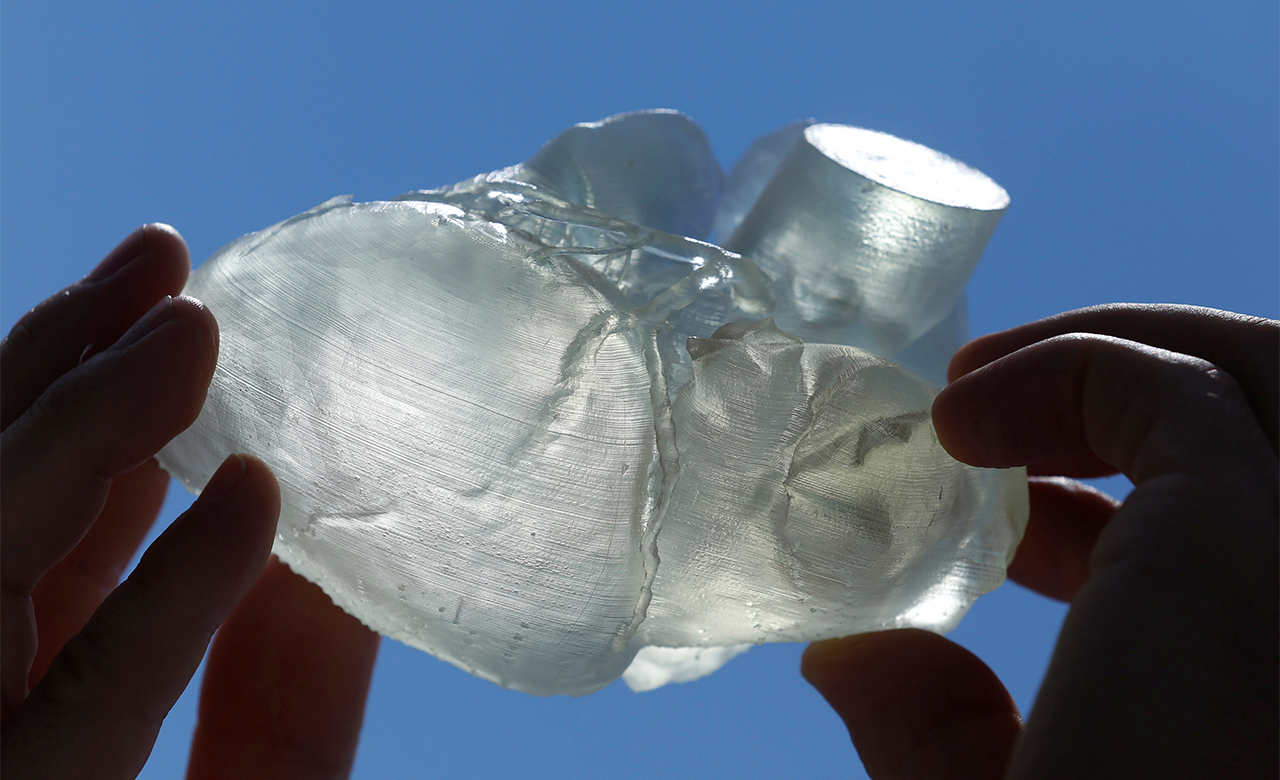Organ transplantation is a life-saving medical procedure that can give patients a new lease on life. However, the demand for organ transplants far exceeds the supply of donated organs. This is a major problem, as many patients die while waiting for a transplant.
3D printing is a rapidly developing technology that has the potential to revolutionize organ transplantation. 3D printing is a process of creating three-dimensional objects from a digital file. This technology can be used to create artificial organs that are custom-made for each patient.
There are several advantages to using 3D printing to create artificial organs. First, 3D printing allows for the creation of organs with complex structures that are difficult or impossible to create using traditional manufacturing methods. Second, 3D printing can be used to create organs from a patient’s own cells, which eliminates the risk of organ rejection. Third, 3D printing is a relatively fast and inexpensive process, which could make it possible to create artificial organs on a mass scale.
There are still some challenges that need to be addressed before 3D printing can be widely used to create artificial organs. One challenge is the need for bio-inks that are compatible with 3D printing and can support the growth and function of cells. Another challenge is the need for 3D printers that can print with high precision and resolution.
Despite these challenges, the potential of 3D printing to revolutionize organ transplantation is great. With continued research and development, 3D printing could one day become a routine medical procedure that saves the lives of millions of people.
Here are some specific examples of how 3D printing is being used to create artificial organs:
- In 2016, researchers at Wake Forest University created a 3D-printed trachea for a patient with cancer. The trachea was made from the patient’s own cells and was successfully transplanted.
- In 2018, researchers at the University of California, San Diego created a 3D-printed kidney. The kidney was made from a bio-ink that contained human cells and was able to filter blood and produce urine.
- In 2020, researchers at the University of Minnesota created a 3D-printed heart. The heart was made from a bio-ink that contained human cells and was able to beat on its own.
These are just a few examples of the many exciting advances that are being made in the field of 3D-printed artificial organs. As the technology continues to develop, it is likely that 3D printing will become a standard treatment for many types of organ failure.
How does bridging work in 3D printing?
Bridging is a term that refers to plastic that needs to be extruded between two points without any support from below. This is a challenging process in 3D printing, as the plastic can sag or break if it is not supported properly.
There are several factors that affect the success of bridging in 3D printing. These include the type of plastic being used, the print settings, and the design of the object being printed.
In general, it is easier to bridge with stiffer plastics, such as ABS and PLA. The print settings also play a role, with higher extrusion temperatures and slower print speeds being more conducive to bridging. The design of the object being printed is also important, with objects with a smooth surface being easier to bridge than objects with a rough surface.
3D printing is a promising technology that has the potential to revolutionize organ transplantation. With continued research and development, 3D printing could one day become a routine medical procedure that saves the lives of millions of people.








